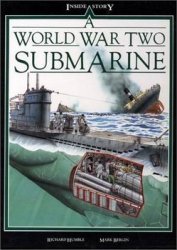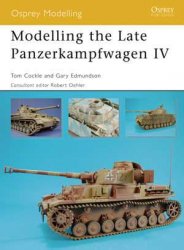Early in October, the Wurttemberg Mountain Battalion (six rifle companies and six mountain machine-gun platoons) was activated near Munsingen and placed under the command of Major Sproesser. I had the 2nd Company, composed of two hundred young veterans drawn from all branches of the service. We had a few short weeks to train and produce an efficient mountain unit. The variety of uniforms lent colour to our formations and morale was high from the first day. Officers and men put everything into the training program and our rigorous regimen soon produced results. The new mountain uniform which was issued later was most becoming.
At the end of November we held a battalion review, using the awkward goose-step, upon which our martinet commander insisted. December found us in Aarlberg for instruction and intensive training in the use of skis.
The 2nd Company was quartered in the St. Christopher Hospice near the Aarlberg Pass. From early morning until dark, with and without packs, we practiced skiing on the steep slopes. During the evenings, we sat around the improvised day room and listened to the songs, mostly mountain ditties, played by our company band under the direction of Father Hugel. This certainly was a change from the Argonne of a few months ago.
This off duty contact improved my acquaintance with my men and tightened the ties between us.
We enjoyed the Austrian ration which included cigarettes and wine, but we felt that we earned our keep. Christmas was celebrated in the best of spirits.
This wonderful living ended all too soon and four days after Christmas we boarded a troop train heading west instead of for the Italian front as we had hoped. During a rainy, howling New Year's Eve, we took over the South Hilsen Ridge sector from a Bavarian Landwehr outfit.
Our new sector was ten thousand yards long with an elevation differential of five hundred feet between right and left. Strong wire entanglements, one electrically charged at night, and other obstacles lined our front. Of course, it was impossible to provide a continuous garrison for this frontage and we developed and strengthened certain commanding points along the line. These strong-points were miniature forts, organized for all-around defence and stocked with ample supplies of ammunition, rations, and water. I put my Argonne experience to good use and made certain that each dugout had two exits as well as strong overhead cover.
The enemy positions did not lie within hand grenade range as in the Argonne, but only approached within a hundred-odd yards along our right flank and in the centre, near the so-called French Knob. The remainder were quite distant, bordering the edge of a thickly wooded area. Apart from a few shells and occasional harassing machine gun fire, we heard little from the enemy. In fact, at this time our greatest hardship was the inclement weather. During the spring and summer we learned to know the various positions: the Little Southern, the Whip, the Picklehead, and the Little Meadow. Also, during this period we spent much time in training our numerous officer candidates.




 World History
World History









